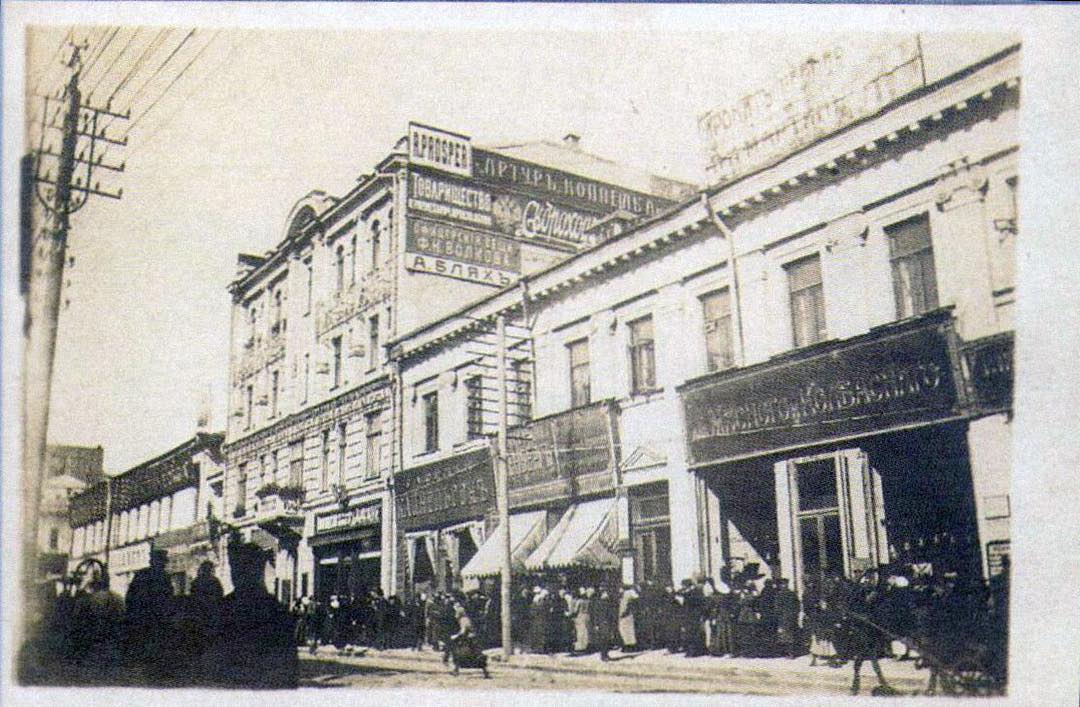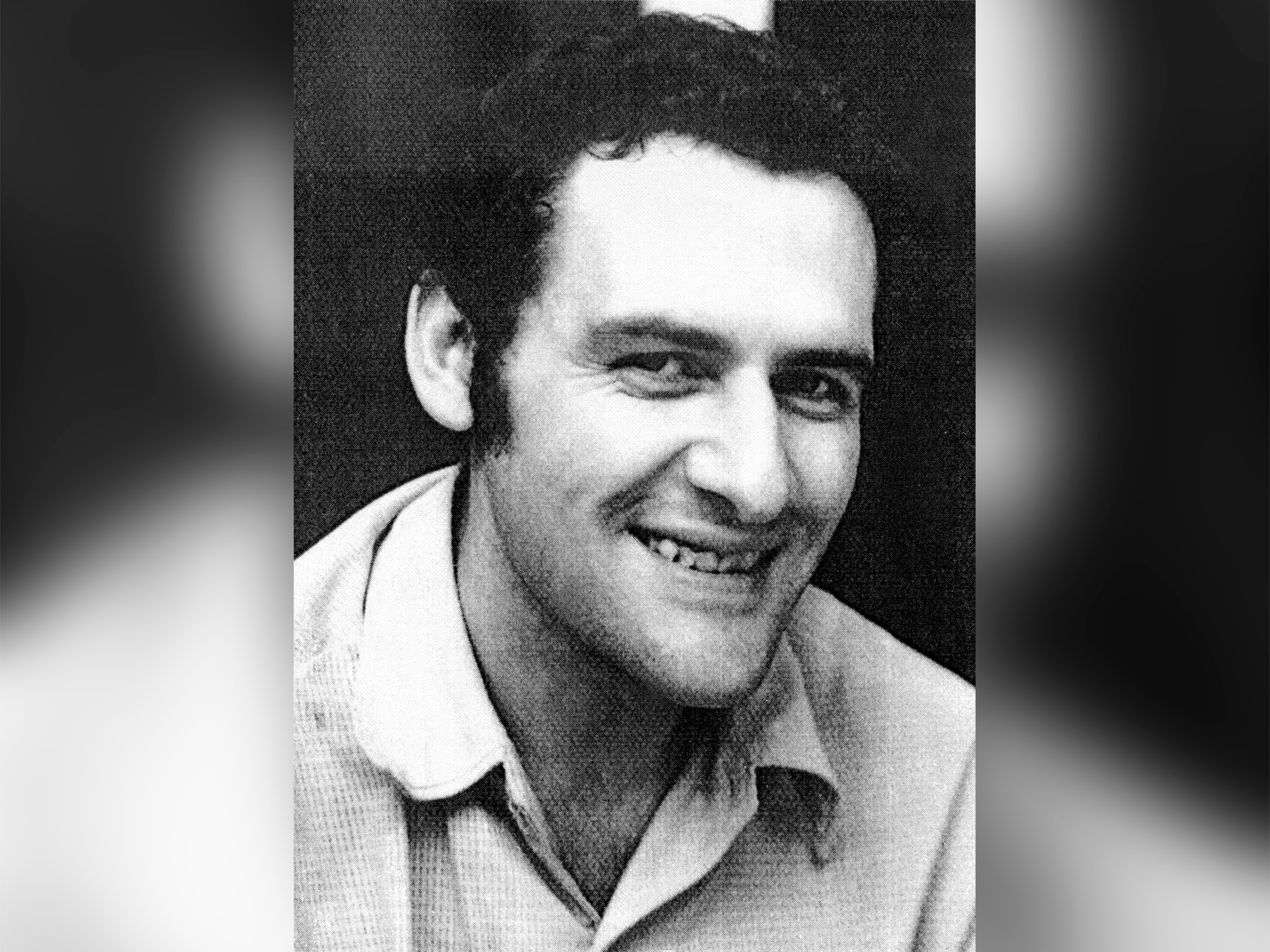A Kharkiv Human Rights Protection Group successful action in 1991

The Kharkiv Human Rights Protection Group was registered on November 10, 1992, by the Kharkiv City Executive Committee. But even earlier, since the beginning of 1989, it started as a human rights group within the Kharkiv branch of the All-USSR Voluntary Historical and Educational Society Memorial. The Kharkiv Memorial was registered on February 11, 1989, and I was elected a member of the Board. In March 1990, I became a co-chairman. I want to remind you of one of our successes at that time.
One of the All-USSR Memorial’s projects in 1990-1991 focused on Ostarbeiters or Eastern workers. This German term covered residents of the USSR regions occupied by fascist Germany during WWII who were driven to forced labor in Germany. Ukraine suffered the most in this regard compared to other regions of the USSR. It was one of the first joint projects of Memorial with the Heinrich Böll Foundation and the German Green Party. The idea of the project was to collect data on surviving Ostarbeiters living in the USSR. The Green Party wanted to force the German government to pay them compensation for forced labor. Memorial agreed to collect such data and compile lists of former Ostarbeiters. It was widely announced publicly, and all Memorial branches began making such lists. People were told that there was a proposal to pay compensation, and to understand how much money was required and how to organize their distribution, the German government needed to know how many former Ostarbeiters were still alive and where they were living.
The Kharkiv branch of Memorial collected data in Kharkiv and the Kharkiv region, and I coordinated this activity. A lot of former Ostarbeiters answered this call, and the list was huge. We sent it to Moscow and from there to Germany. In 1989 was also decided to equate underage Ostarbeiters, i.e., those people who were younger than 16 years when driven to Germany, to minors-prisoners of Nazi concentration camps, and to provide them with the same benefits. Thus, registering as an Ostarbeiter means receiving pretty tangible material support. But applicants had to prove somehow that they were an Ostarbeiter.
Thus, people went en masse to the regional archives for appropriate certificates. When Ostarbeiters returned home from Germany, they traveled in large groups, passed through the PFL, a checking filtration camp, where some of them were sent to Soviet concentration camps, but majority went home. When they arrived in the USSR, their Ausweises, proving that they were Ostarbeiters, were taken from them. Instead, they were given certificates saying that so-and-so was going to this or this place. And they traveled in large parties, under police escort, to the places where they were sent. People from rural areas sometimes found themselves in their own village, sometimes in a neighboring village or quite another village; it was practically by chance. Back then, Soviet peasants did not have passports. Thus, without Ausweises, the only available official information about these people was contained in the police escort lists, which showed from where and to where they were going. In the cities, returning Ostarbeiters received passports instead of Ausweises. Eleven years later, according to the rules, the police had to hand over these escort lists to the regional archive. That’s how these lists ended up in the local archives.
Taking advantage of the fact that I was a city council member, I went to the director of the regional archive to investigate the situation. The archives had already collected several hundred applications asking for confirmation that a so-and-so had been sent to Germany at such a time and at such a time returned to such a place. The director of the regional archive, Viktoriia Viktorivna Reznikova, a beautiful gray-haired woman and a remarkable, very professional archivist, was polite and friendly. She described the situation to me and scolded those who initiated it because it was simply impossible to find such information and give a relevant archival certificate! She brought and showed me these lists compiled by the police escort for each group. These were A3 format sheets that the police had bound up into thick books that looked like old-fashioned ledgers, and there were some 50 of them. Members of each group were recorded on several lined A3 sheets. Each handwritten line contained the person’s name, date of birth, address, where they were taken from, and where they were going. That’s it. There were about 40 lines in two rows on such an A3 sheet. In Kharkiv and the Kharkiv region, approximately 160,000 people were recorded on such lists. To find a particular person, you had to look through all these vast books until you came across the proper entry. It was tough, laborious, tedious, dull, and lengthy work. And the applications for certificates kept coming and coming.

I looked at it all and immediately proposed a solution: “Let’s do it differently. Go to Vladimir Mikhailovich Baibikov, the head of the Regional Executive Committee’s Main planning and economic department, describe the situation, tell him to buy a computer for the archive, and allocate a small amount of money to enter the data into the computer. We will develop the software free of charge; operators will have to be paid for entering the information into the database, but it will be a small amount.” I estimated this amount right away and named it. “I will take responsibility for all this work, its organization, and management, and I will negotiate with my bosses at the Kharkiv Electromechanical Plant (KhEMZ) to get them to agree to it. We will formalize this work in a contract to make everything legal. As a result, when we finish the work, which will take several months, you will spend some 20 seconds searching for each person in the lists and an additional 10 seconds issuing a standard archival certificate that this person has been forcibly driven to Germany."
Viktoriia Viktorivna looked at me in disbelief. It all seemed fantastic to her.
— It couldn’t be possible!
— Why? I assure you — it will be!
I began explaining to her what opportunities were opening up with using computers and how it would help her work. Eventually, she believed me and decided to try it: What the hell, why not? And it all came true. She received a computer, and in the meantime, we developed a Clipper database and entered data into it. Most of all, Viktoriia Viktorivna feared losing the archival books from which my operators at KhEMZ entered information into the database. I brought these books, two at a time, from the archive to KhEMZ. Operators entered data, then checked them, and then I returned books to the archive. Then I brought new ones, and so on until all information from the books was entered into the database.
Viktoriia Viktorivna was happy! The certificate queue, already several thousand people long by then, disappeared literally within a week. More people began to come en masse to get certificates of deportation to Germany, but there were no more problems with finding information.

This is a very rare human rights story where everyone involved got better. Everyone involved! It doesn’t usually happen that way. No one suffered from this project. People received certificates, and quite quickly, and many of them immediately applied for and received benefits as former child Ostarbeiter, equated to minors-prisoners of Nazi concentration camps. All those who were abducted to Germany from the Kharkiv region and applied to the archive received confirmation and could receive compensation from Germany in a few years. It was a vast number of people. My colleagues at KhEMZ were happy that they were doing important, helpful work for people. Everyone was satisfied, and — last but not least — they also received some money for it. Viktoriia Viktorivna pioneered using computers in the Ukrainian archives system and shared her experience with other archivists. Later, she bought a second, third, and fourth computer and hired people to work with these computers. Generally, the Kharkiv Regional Archive became a leader in this field, and since 1990, many of its collections have been computerized. And, of course, I am still happy that everything came together like this...





